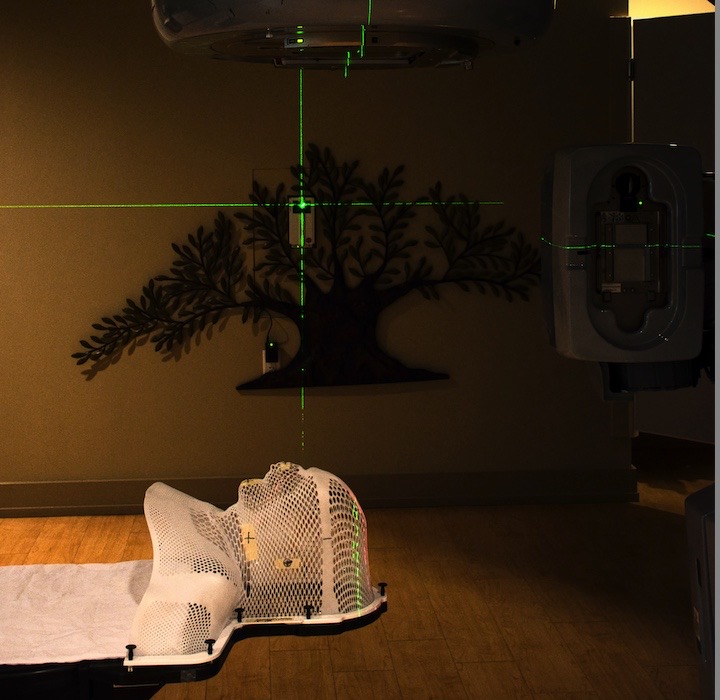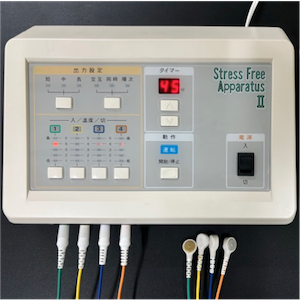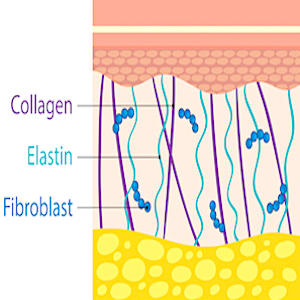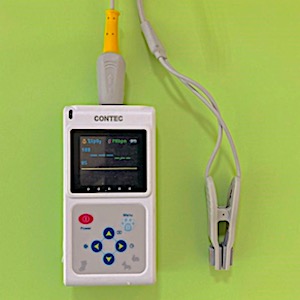Therapeutic processes for eradicating cancerous or benign tumours by laser beams using the excitonic approach of peptide groups

All claims expressed in this article are solely those of the authors and do not necessarily represent those of their affiliated organizations, or those of the publisher, the editors and the reviewers. Any product that may be evaluated in this article or claim that may be made by its manufacturer is not guaranteed or endorsed by the publisher.
Authors
The aim of the present study was to develop a protocol for the treatment of cancerous or benign tumours making use of laser rays, also demonstrating that the destruction process remains exclusively confined in the defective organ. Thermal effects of lasers on biological tissue have been elucidated using vibrational excitations approach of peptide groups (PGs). It was proposed a Hamiltonian which integrate excitations induced by laser pulses and it was shown that the system is governed by a nonlinear equation with strong nonlinearity. It was also exactly described what happens in polypeptide chain once the unwanted organ is irradiated by the Neodymium-doped yttrium aluminium garnet, chosen as incident laser. It was shown that, the advent of incident laser beams contributes to a sudden reinforcement of the vibrational excitations of PGs frequencies and amplitudes. It was also demonstrated that the heating process leads to transverse and longitudinal deformation of the polypeptide chain and these sudden changes lead to the denaturation and subsequently to the destruction of the bulky organ. The drawn curves make it possible to estimate the spatial expansion of the denaturation, in order to effectively control the spread of the heat. Laser irradiation leads to a drastic increase in the vibration amplitudes of the PGs and subsequently results in the destruction of the undesirable tissue. An appropriate choice of the laser can make it possible to circumscribe the destruction only in the defective zone and to protect healthy cells.
How to Cite

This work is licensed under a Creative Commons Attribution-NonCommercial 4.0 International License.










